Home>Gardening & Outdoor>Outdoor Structures>How To Paint Composite Decking
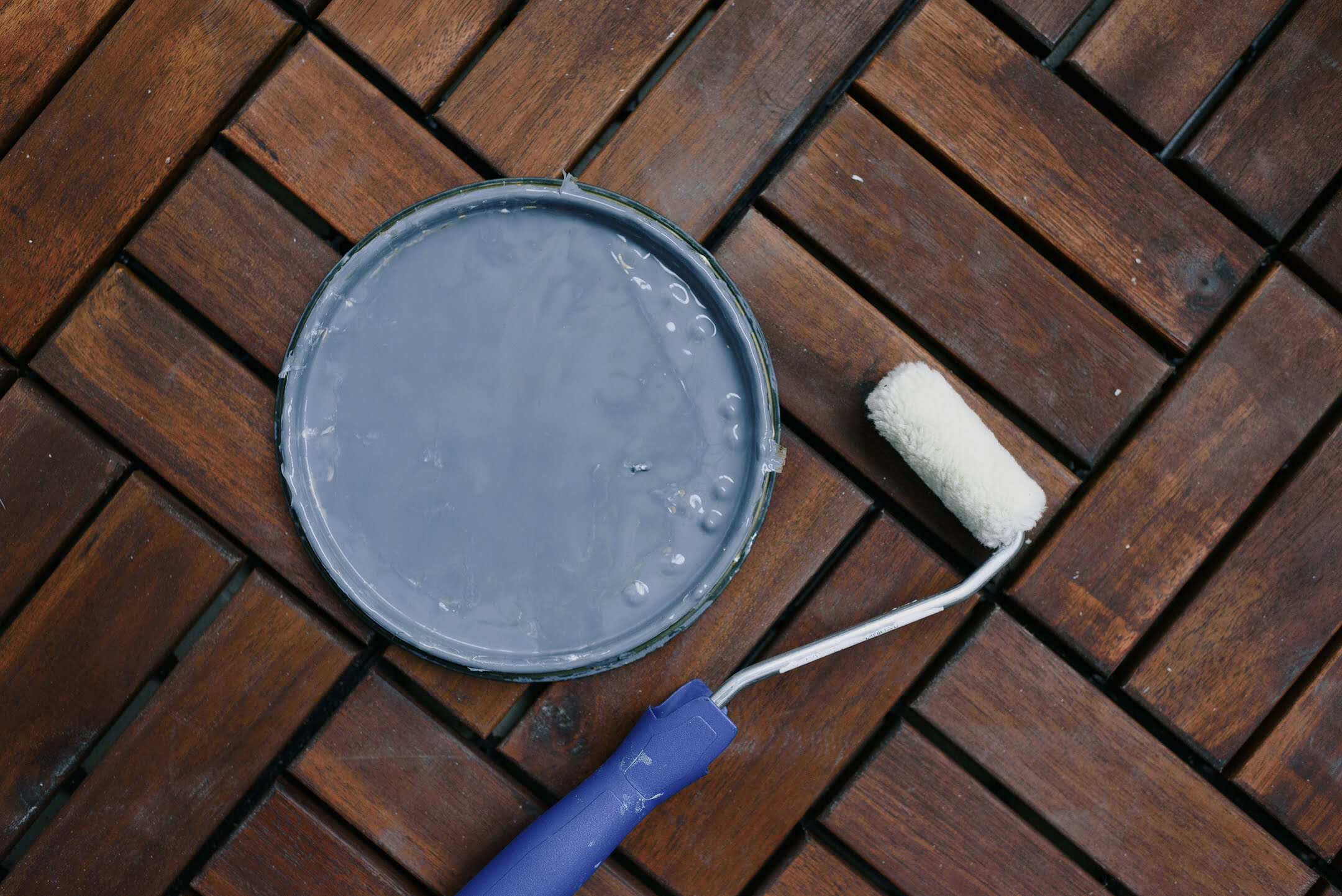

Outdoor Structures
How To Paint Composite Decking
Modified: January 18, 2024
Learn how to paint composite decking to give your outdoor structures a fresh new look. Follow our step-by-step guide for best results.
(Many of the links in this article redirect to a specific reviewed product. Your purchase of these products through affiliate links helps to generate commission for Storables.com, at no extra cost. Learn more)
Introduction
So, you've decided to breathe new life into your outdoor living space by giving your composite decking a fresh coat of paint. This decision marks the beginning of an exciting transformation, where you can infuse your personality and style into the heart of your home. Whether you're looking to revitalize the existing color or completely change the look of your deck, painting composite decking is a fantastic way to achieve a custom aesthetic and protect the surface from the elements.
Painting your composite decking offers a multitude of benefits. Not only does it provide an opportunity to express your creativity and enhance the overall appeal of your outdoor space, but it also serves as a protective barrier against moisture, UV rays, and general wear and tear. By following the right techniques and using the appropriate materials, you can achieve a professional-looking finish that will stand the test of time.
In this comprehensive guide, we'll delve into the step-by-step process of painting composite decking, from preparing the surface to applying the final coat. We'll also explore the essential materials and tools you'll need to ensure a successful and long-lasting paint job. By the end of this journey, you'll be equipped with the knowledge and confidence to transform your composite decking into a stunning focal point that reflects your personal style and withstands the elements for years to come. So, let's embark on this exciting adventure and breathe new life into your outdoor oasis!
Key Takeaways:
- Transform your outdoor space by painting composite decking to express your style and protect it from the elements. Follow the step-by-step guide for a professional finish that lasts.
- Keep your painted composite decking vibrant and resilient with regular cleaning, preventive measures, and seasonal care. Preserve its beauty and durability for years to come.
Read more: How To Get Paint Off Composite Decking
Materials and Tools
Before embarking on your composite decking painting project, it’s essential to gather the necessary materials and tools to ensure a smooth and successful process. Here’s a comprehensive list of what you’ll need:
Materials:
- High-quality composite deck paint: Choose a paint specifically formulated for composite decking to ensure optimal adhesion and durability. Look for a paint that offers UV protection and resistance to mold, mildew, and moisture.
- Primer (if required): Some composite decking paints may require a primer to enhance adhesion and provide a smooth base for the topcoat. Check the manufacturer's recommendations to determine if a primer is necessary for your specific paint.
- Cleaner and degreaser: Use a specialized composite deck cleaner to thoroughly clean the surface and remove any dirt, grime, or existing coatings. Ensure the cleaner is safe for use on composite materials and won't cause damage or discoloration.
- Painter's tape: Utilize high-quality painter's tape to protect surrounding areas, such as railings, posts, and siding, from accidental paint splatter or drips.
- Protective plastic sheeting or drop cloths: Cover nearby plants, landscaping, and other surfaces to prevent paint overspray and spills from causing damage.
- Paintbrushes and rollers: Select high-quality synthetic brushes and rollers designed for use with water-based or latex paints. The appropriate tools will ensure smooth and even application of the paint.
- Sandpaper or sanding pads: Prepare the composite decking surface by lightly sanding to promote adhesion and eliminate any gloss or sheen. Use a fine-grit sandpaper to avoid damaging the material.
- Clean water: Have a water source readily available for rinsing and cleaning purposes throughout the painting process.
Tools:
- Paint sprayer (optional): A paint sprayer can expedite the painting process and provide a more uniform finish, especially for larger decking areas. Ensure the sprayer is compatible with water-based paints and follow the manufacturer's instructions for proper use.
- Paint tray and liners: If using rollers or brushes, a paint tray with disposable liners offers convenience and easy cleanup between coats.
- Extension poles: Attach extension poles to paint rollers for reaching elevated or expansive deck surfaces without the need for ladders or bending.
- Protective gear: Wear appropriate personal protective equipment, including gloves, safety goggles, and a mask, to safeguard yourself during the cleaning and painting processes.
- Scraper or putty knife: Use a scraper or putty knife to remove any loose or peeling paint, as well as to address any minor imperfections on the decking surface.
By ensuring you have the right materials and tools on hand, you’ll be well-prepared to tackle the upcoming steps of cleaning, preparing, and painting your composite decking with confidence and efficiency.
Cleaning the Deck
Before diving into the painting process, thorough cleaning of the composite decking is paramount to ensure a pristine surface that promotes optimal paint adhesion and longevity. Here’s a step-by-step guide to effectively clean your deck:
Read more: How To Build A Deck With Composite Decking
1. Clear the Deck:
Begin by removing all furniture, planters, and other items from the deck. This allows for unrestricted access to the entire surface during the cleaning process.
2. Sweep or Vacuum:
Use a broom or vacuum with a soft brush attachment to remove loose debris, dirt, and leaves from the deck surface. Pay close attention to the gaps between the composite boards to ensure thorough cleaning.
3. Choose a Composite Deck Cleaner:
Select a high-quality composite deck cleaner specifically formulated to remove dirt, grime, mold, and mildew without causing damage to the decking material. Ensure the cleaner is suitable for your composite decking type and follows the manufacturer’s recommendations.
4. Apply the Cleaner:
Following the manufacturer’s instructions, apply the composite deck cleaner to the entire surface using a pump sprayer or a watering can. Work in manageable sections to ensure thorough coverage and avoid the cleaner drying on the deck.
Read more: How To Cut Composite Decking
5. Scrub the Surface:
Use a soft-bristled brush or a non-abrasive scrub pad to gently scrub the deck surface, focusing on heavily soiled areas and any spots with mold or mildew. Take care to work in the direction of the decking boards to prevent potential damage.
6. Rinse Thoroughly:
After allowing the cleaner to dwell for the recommended time, thoroughly rinse the deck surface with clean water. A garden hose with a spray attachment or a pressure washer set to a gentle setting can effectively remove the cleaner and loosened debris.
7. Allow Drying Time:
Allow the composite decking to thoroughly dry before proceeding to the next steps of surface preparation and painting. Depending on the weather conditions, this may take 24 to 48 hours. Ensure the deck is completely dry to prevent moisture from interfering with the paint adhesion.
By diligently cleaning your composite decking, you’ll create an ideal canvas for the subsequent steps of preparing and painting, setting the stage for a stunning and long-lasting transformation of your outdoor space.
Preparing the Surface
With the composite decking thoroughly cleaned and dried, the next critical phase involves preparing the surface to ensure optimal paint adhesion and a flawless finish. Follow these essential steps to prepare the deck for painting:
Read more: What Is Composite Decking
1. Inspect the Surface:
Carefully examine the entire deck for any signs of damage, such as loose or splintered boards, protruding nails or screws, or areas with excessive wear. Address any necessary repairs before proceeding with the painting process to ensure a smooth and uniform surface.
2. Sanding (if required):
Some composite decking paints may recommend lightly sanding the surface to promote adhesion and eliminate any gloss or sheen. If sanding is necessary, use a fine-grit sandpaper or sanding pad and work in the direction of the decking boards. Be mindful not to oversand or damage the composite material.
3. Remove Loose Paint:
If there are any areas with peeling or flaking paint from a previous coating, use a scraper or putty knife to gently remove the loose paint. Smooth out the edges to blend with the surrounding surface, and ensure the area is clean and free of debris.
4. Protect Surrounding Areas:
Use high-quality painter’s tape to carefully mask off any adjacent surfaces, such as railings, posts, and siding, to prevent accidental paint transfer. Additionally, cover nearby plants, landscaping, and other surfaces with protective plastic sheeting or drop cloths to safeguard them from paint overspray or spills.
Read more: How To Screw Composite Decking
5. Prime the Deck (if required):
Depending on the specific composite decking paint being used, a primer may be recommended to enhance adhesion and provide a uniform base for the topcoat. Follow the manufacturer’s guidelines to determine if a primer is necessary and apply it accordingly. Allow the primer to dry completely before proceeding with the paint application.
By diligently preparing the surface of your composite decking, you’ll create an ideal foundation for the subsequent painting process, ensuring a professional-looking and enduring finish that enhances the beauty and longevity of your outdoor living space.
Priming the Deck
When painting composite decking, the application of a primer may be recommended to optimize adhesion and promote a uniform and long-lasting finish. Here’s a detailed guide to the crucial step of priming the deck:
1. Select the Right Primer:
Choose a high-quality primer specifically formulated for use on composite materials and compatible with the type of paint you’ll be applying. Look for a primer that offers excellent adhesion, UV protection, and resistance to moisture and mildew.
2. Prepare the Deck Surface:
Ensure the composite decking is thoroughly cleaned, dried, and free of any loose debris or contaminants before applying the primer. Follow the preceding steps of cleaning and preparing the surface to create an ideal foundation for the primer and subsequent paint.
Read more: How To Bend Composite Decking
3. Test in an Inconspicuous Area:
Before applying the primer to the entire deck, perform a small test application in an inconspicuous area to ensure compatibility with the composite material and to assess the adhesion and appearance of the primer.
4. Apply the Primer:
Using a high-quality synthetic brush, roller, or paint sprayer, apply the primer to the entire deck surface in smooth and even strokes. Work in manageable sections to ensure thorough coverage and avoid the primer drying too quickly. Follow the manufacturer’s recommendations regarding the appropriate application method and coverage rate.
5. Allow Drying Time:
After applying the primer, allow sufficient drying time as specified by the manufacturer before proceeding with the subsequent paint application. Adequate drying time is crucial to ensure the primer properly bonds to the composite decking and provides a stable base for the topcoat.
6. Inspect the Primed Surface:
Once the primer has dried, inspect the primed deck surface for uniform coverage and adhesion. Address any areas that may require additional touch-ups or attention before moving on to the final step of painting the deck.
By taking the time to prime your composite decking, you’ll enhance the adhesion and durability of the subsequent paint, resulting in a professional-looking finish that withstands the elements and elevates the aesthetic appeal of your outdoor space for years to come.
Read more: How To Clean Composite Decking
Painting the Deck
With the surface cleaned, prepared, and primed (if required), it’s time to embark on the transformative process of painting your composite decking. Follow these essential steps to achieve a flawless and enduring finish:
1. Choose the Right Paint:
Select a high-quality composite deck paint specifically formulated for use on composite materials. Ensure the paint offers UV protection, resistance to moisture, mold, and mildew, and is suitable for the environmental conditions in your area. Consider the desired color and finish to achieve your desired aesthetic.
2. Stir the Paint:
Thoroughly stir the paint to ensure uniform consistency and proper dispersion of pigments and additives. Follow the manufacturer’s instructions regarding the recommended stirring method and any specific considerations for the particular paint you’ve chosen.
3. Apply the First Coat:
Using a high-quality synthetic brush, roller, or paint sprayer, apply the first coat of paint to the entire deck surface in smooth and even strokes. Work in manageable sections to ensure thorough coverage and a consistent finish. Pay attention to any overlapping strokes to prevent lap marks and ensure a seamless appearance.
Read more: How To Install Composite Decking
4. Allow Drying Time:
After applying the first coat, allow the paint to dry completely as specified by the manufacturer. Adequate drying time is crucial to ensure the paint properly bonds to the composite decking and forms a durable and resilient finish. Avoid foot traffic or exposure to moisture during the drying period.
5. Apply the Second Coat (if required):
Depending on the specific composite decking paint and the desired level of coverage and protection, a second coat may be recommended. If applicable, apply the second coat using the same method as the first, ensuring smooth and even application across the entire deck surface.
6. Final Inspection:
Once the paint has dried, inspect the painted deck surface for uniform coverage, adhesion, and overall appearance. Address any areas that may require touch-ups or additional attention to achieve a professional-looking and enduring finish.
By diligently following these steps, you’ll breathe new life into your outdoor living space, infusing it with your desired color and style while providing durable protection against the elements. A well-executed paint job will not only enhance the visual appeal of your composite decking but also contribute to its long-term resilience and beauty.
Caring for Painted Composite Decking
After completing the painting process, proper care and maintenance are essential to preserve the beauty and integrity of your painted composite decking. By following these guidelines, you can ensure that your newly painted deck remains vibrant and resilient for years to come:
Read more: How To Maintain Composite Decking
1. Regular Cleaning:
Maintain the cleanliness of your painted composite decking by routinely sweeping away debris and using a gentle cleaning solution and water to remove dirt, pollen, and other surface contaminants. Avoid harsh chemicals or abrasive cleaning tools that may compromise the paint finish.
2. Preventive Measures:
Place protective pads or mats under furniture and planters to prevent scratches, dents, or water stains on the painted surface. Promptly clean up spills and avoid dragging heavy objects across the deck to minimize wear and tear.
3. Periodic Inspections:
Regularly inspect the painted deck surface for signs of wear, peeling, or discoloration. Address any issues promptly to prevent further damage and maintain the overall integrity of the paint finish.
4. Touch-Up and Maintenance:
Keep a small quantity of the original paint on hand for minor touch-ups and maintenance. Address any areas with chipped or worn paint to prevent moisture intrusion and maintain the aesthetic appeal of the deck.
Read more: How To Lay Trex Composite Decking
5. Protective Coatings (if applicable):
Depending on the specific composite decking paint used, a protective clear coat or sealant may be recommended to enhance durability and resistance to UV exposure and moisture. Follow the manufacturer’s recommendations for any additional protective treatments.
6. Seasonal Care:
Consider seasonal variations and weather conditions when caring for your painted composite decking. In regions with harsh winters or intense sunlight, additional protective measures or seasonal maintenance may be necessary to preserve the paint finish.
7. Professional Maintenance:
If significant wear or damage occurs, consider consulting a professional for maintenance and restoration services. Professional expertise can help rejuvenate the painted deck surface and extend its longevity.
By implementing these care and maintenance practices, you can safeguard the beauty and durability of your painted composite decking, ensuring that it remains a stunning and inviting feature of your outdoor living space for years to come.
Frequently Asked Questions about How To Paint Composite Decking
Was this page helpful?
At Storables.com, we guarantee accurate and reliable information. Our content, validated by Expert Board Contributors, is crafted following stringent Editorial Policies. We're committed to providing you with well-researched, expert-backed insights for all your informational needs.
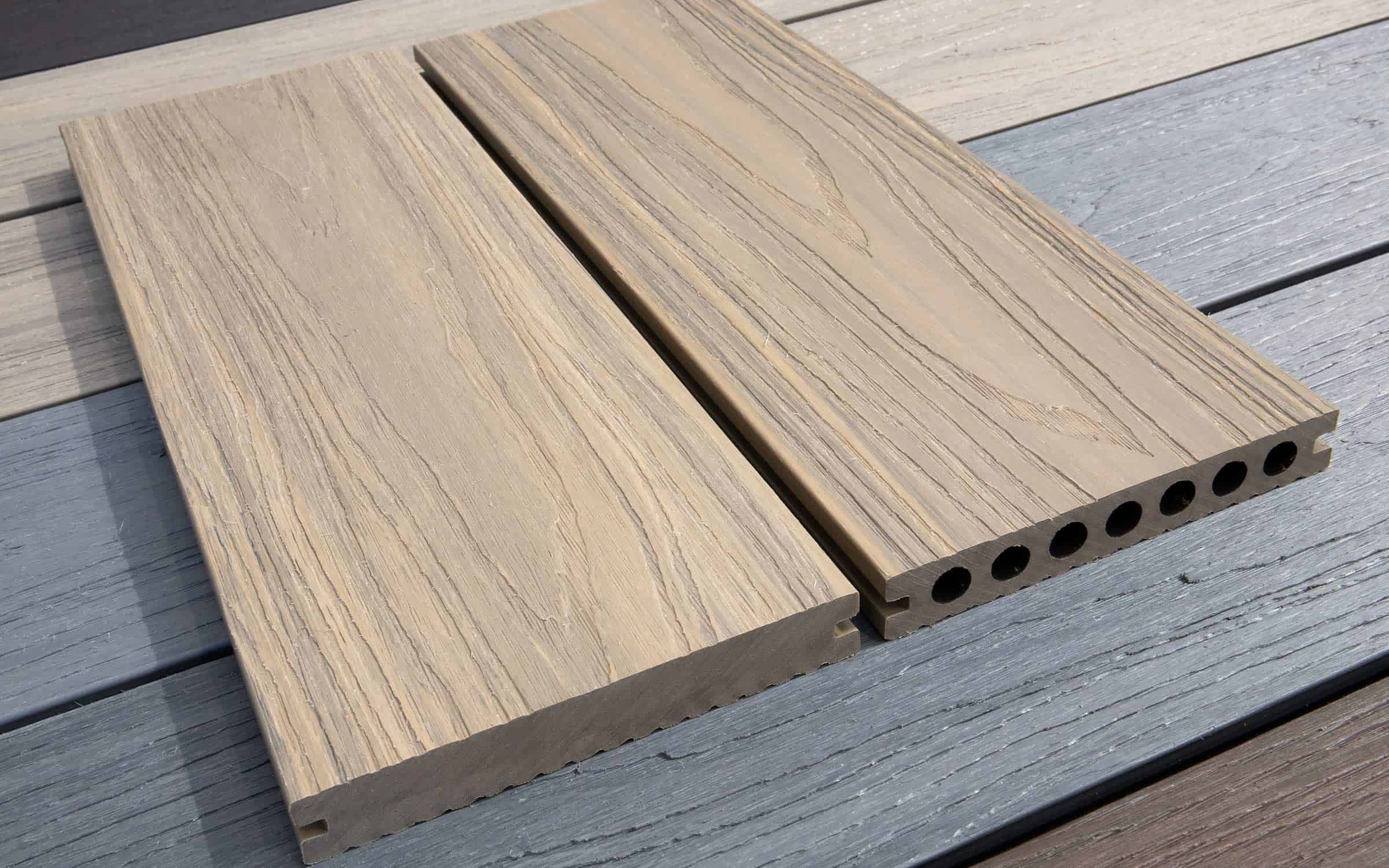
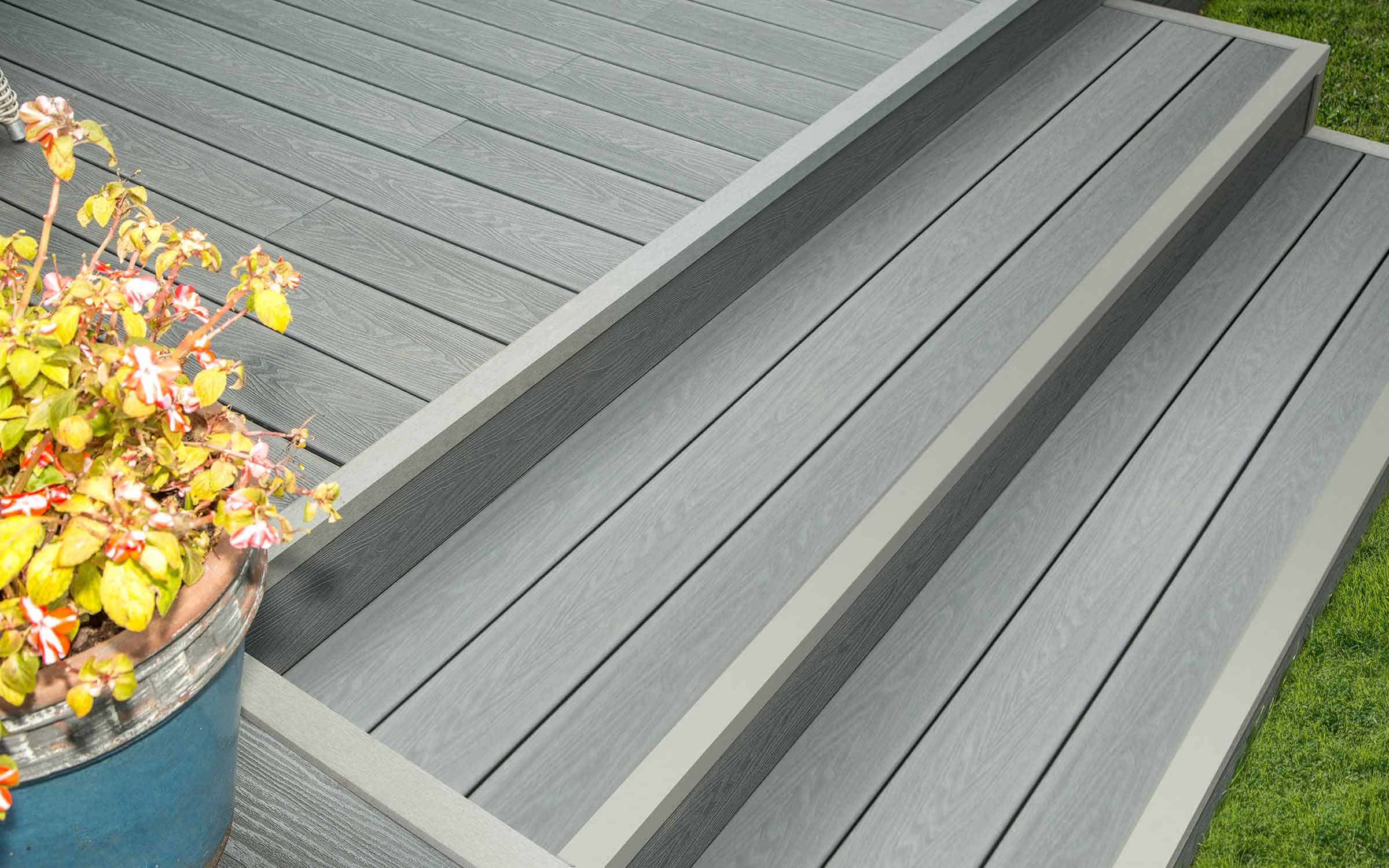
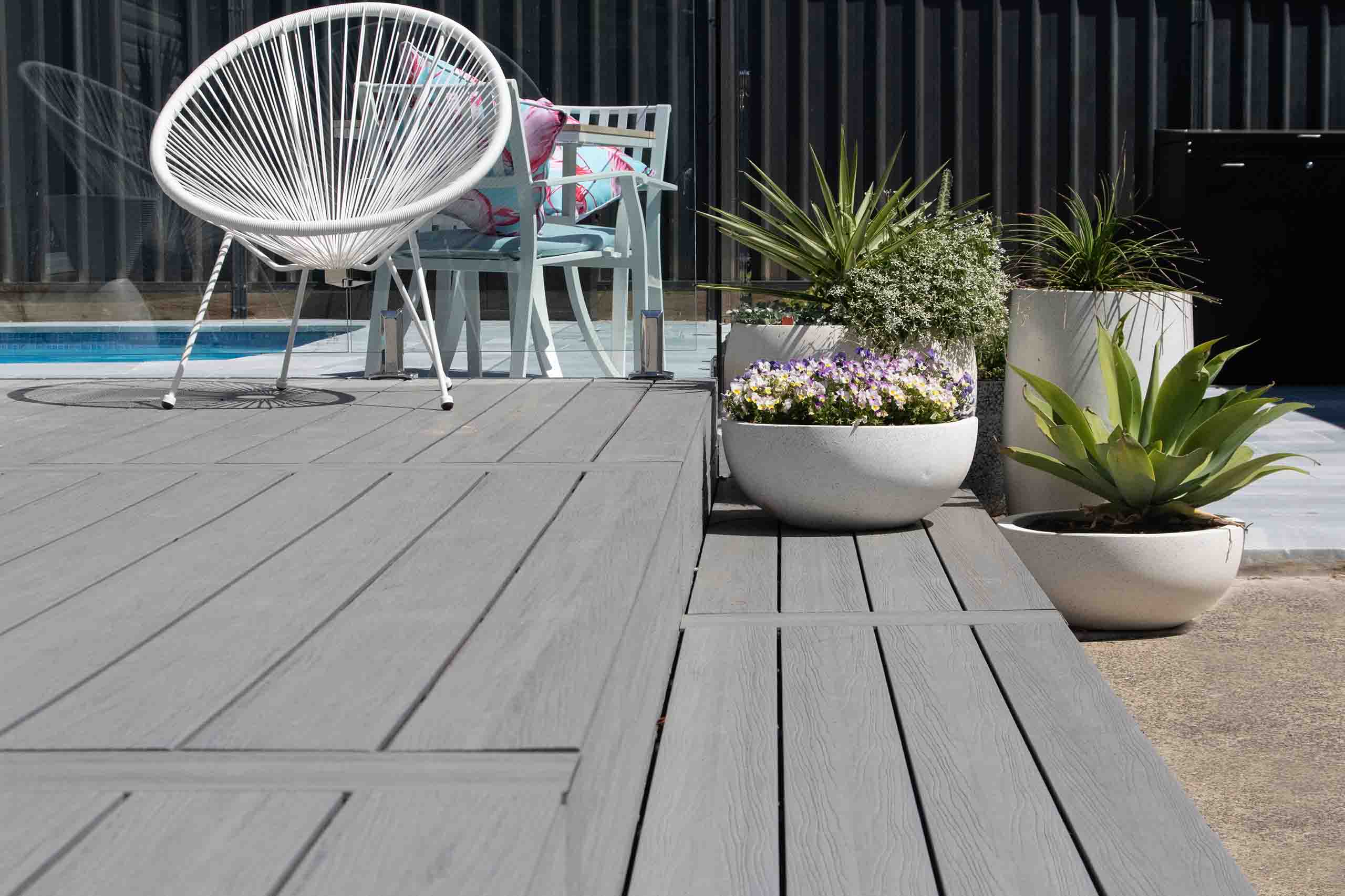
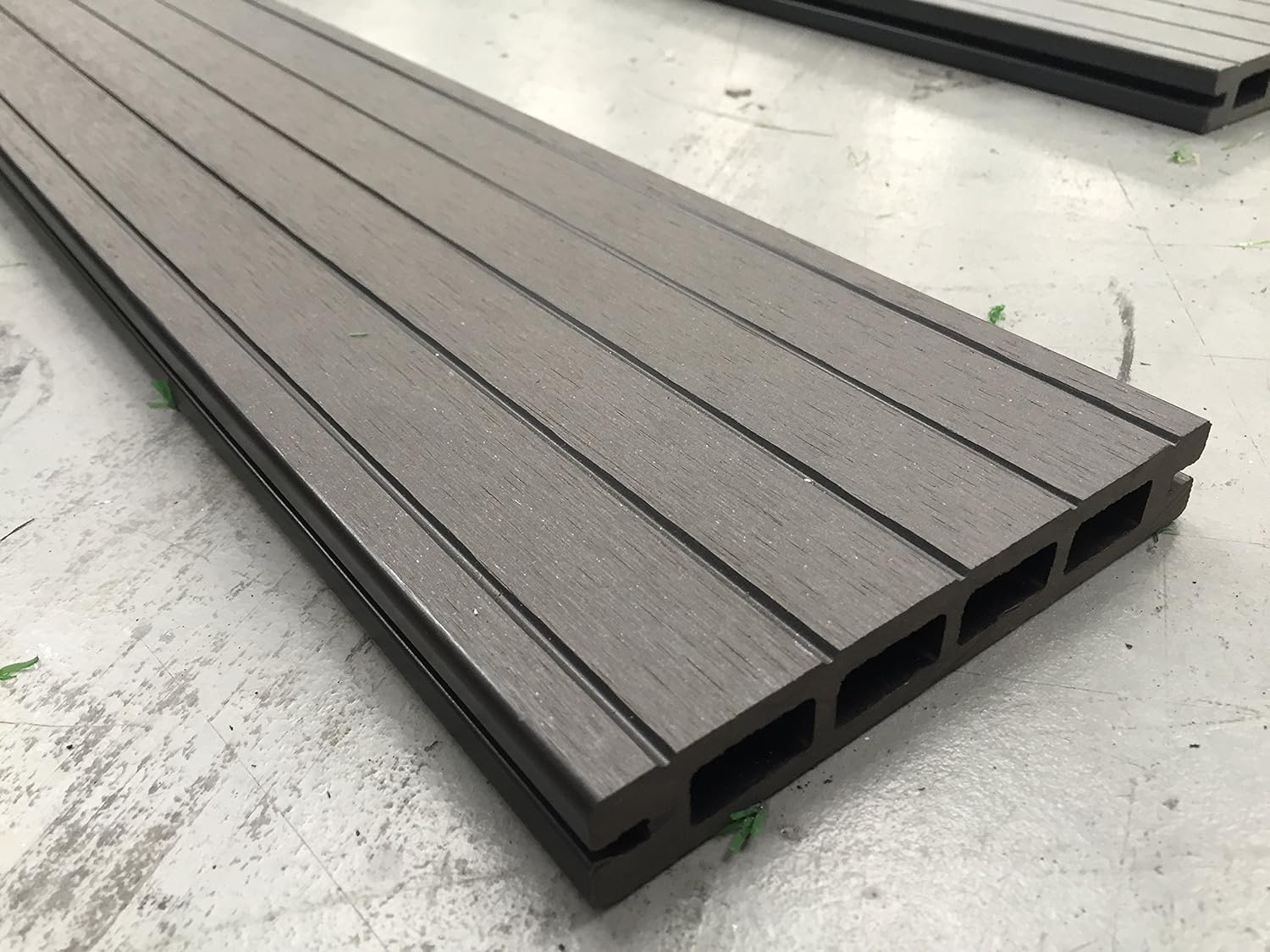
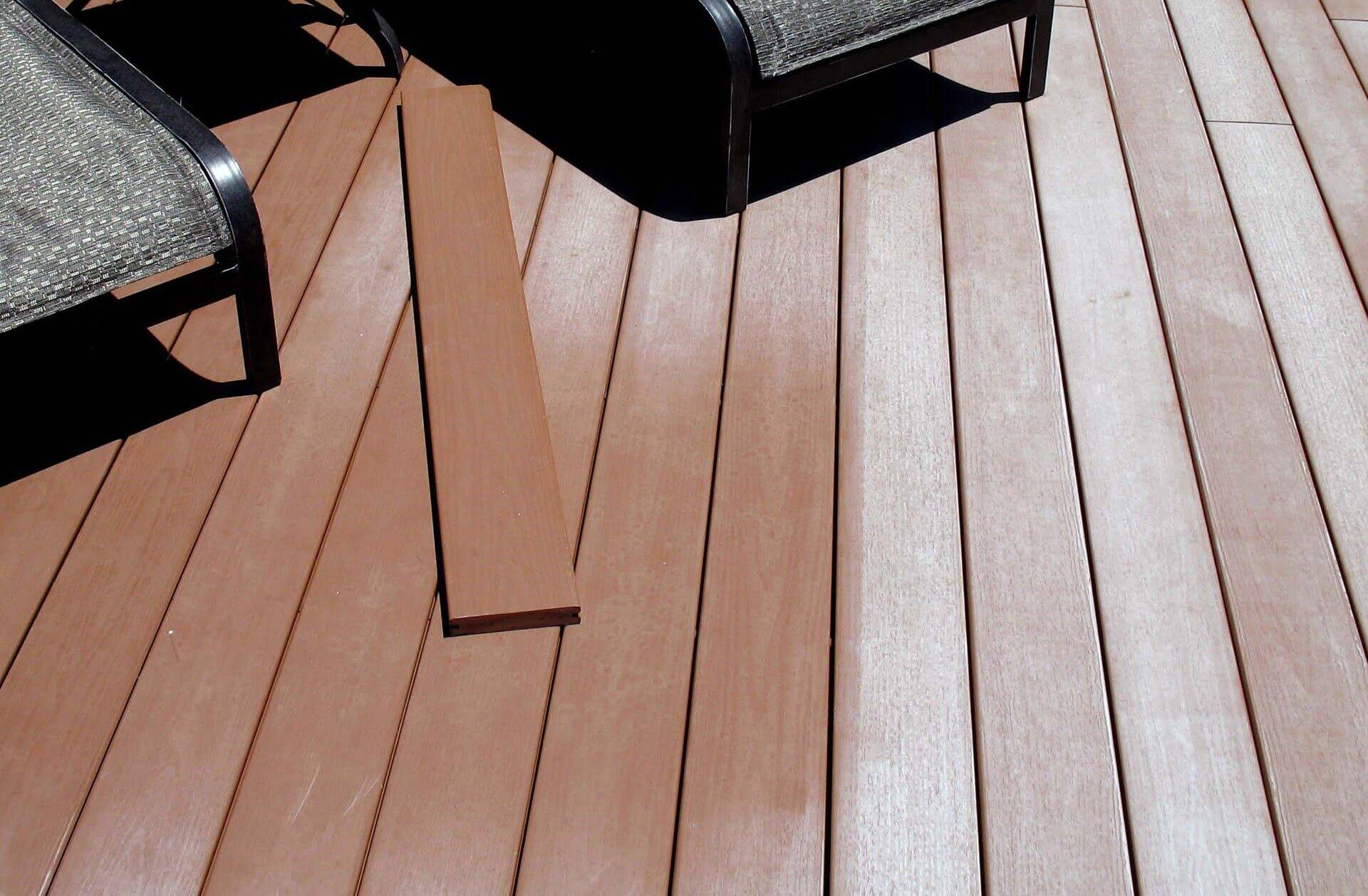
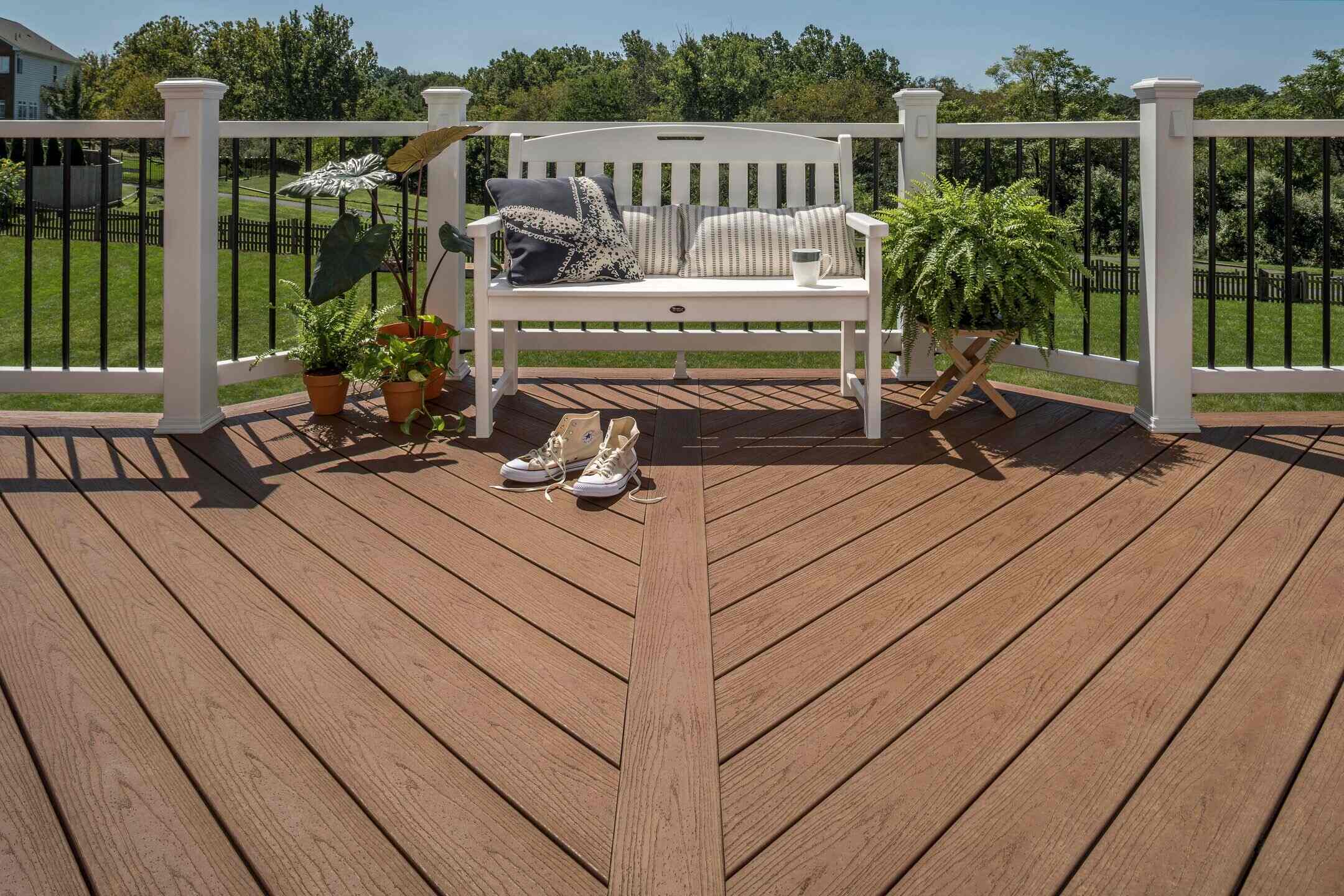

0 thoughts on “How To Paint Composite Decking”